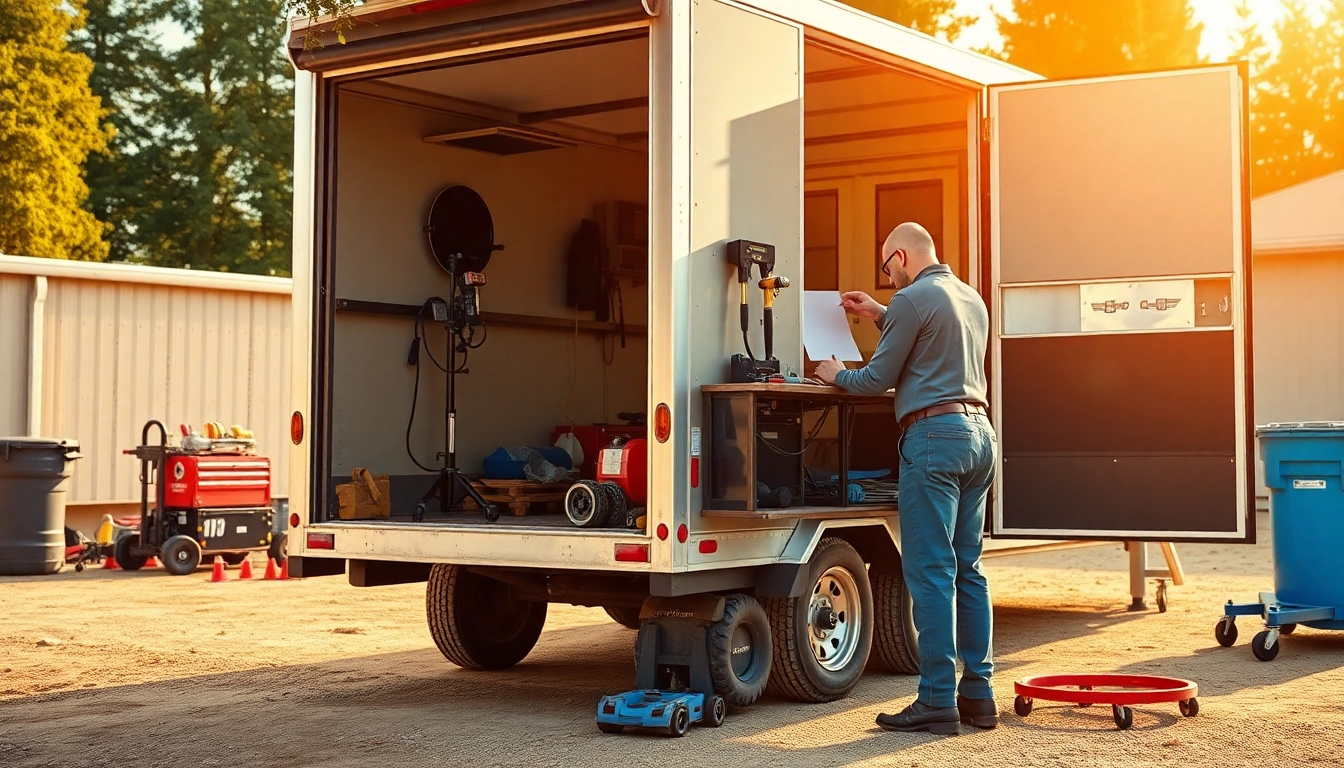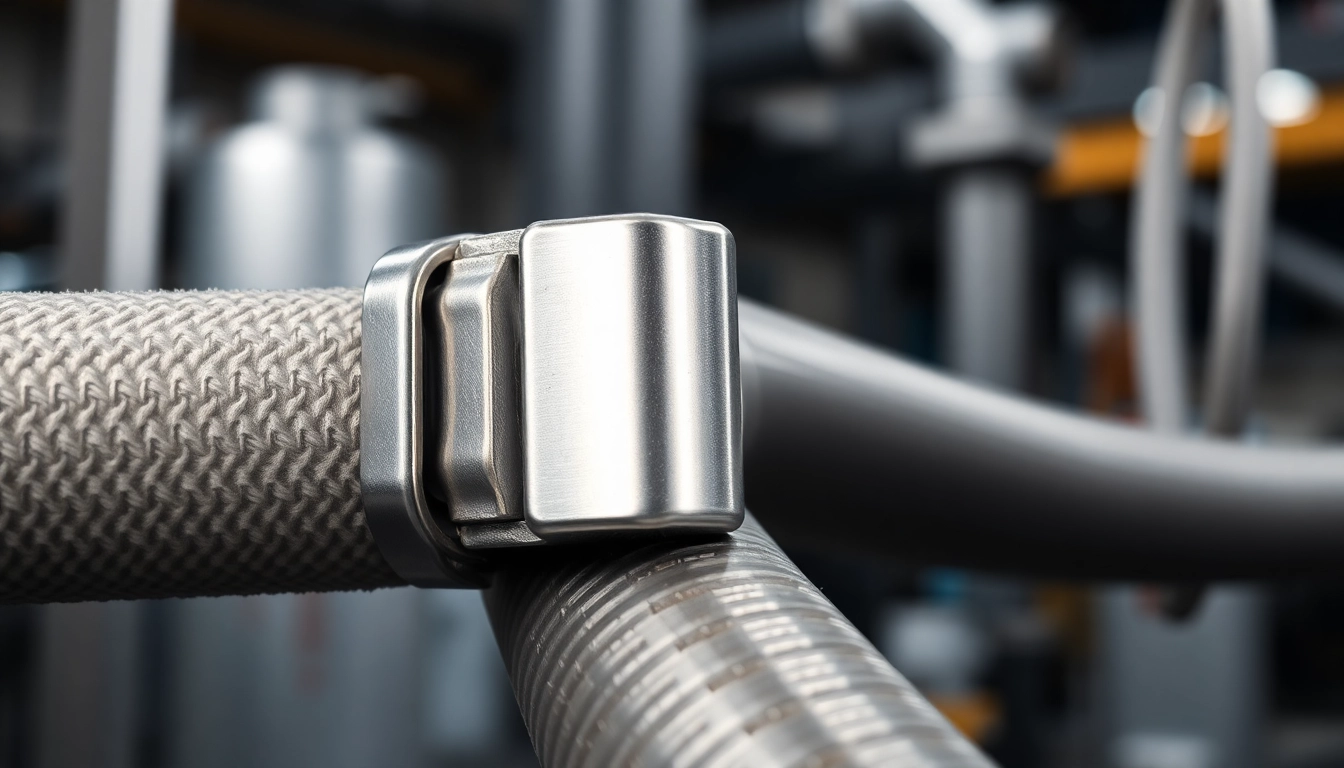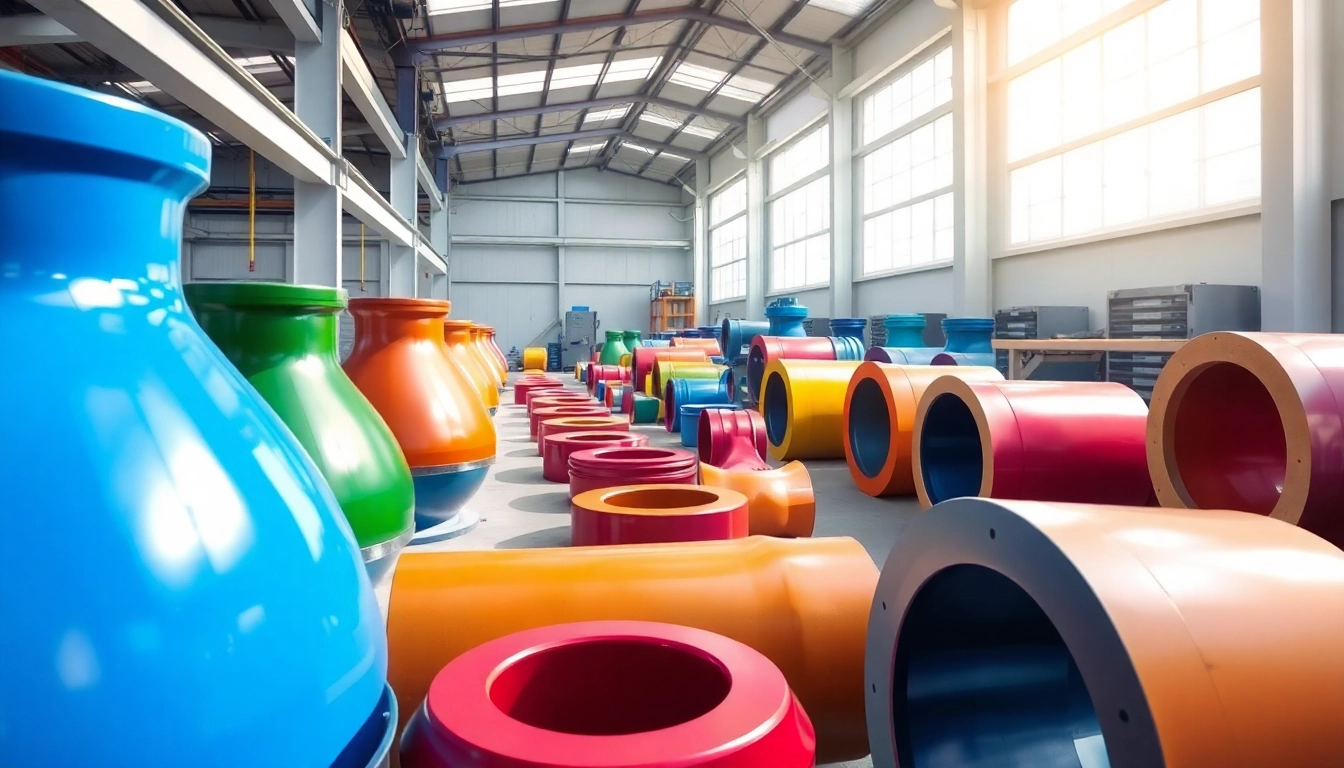Understanding Blow Molding Technologies
What is Blow Molding?
Blow molding is a versatile manufacturing process used to create hollow plastic parts by inflating heated plastic within a mold. Often employed in the production of bottles, containers, and other complex shapes, this technique leverages the properties of thermoplastics, which become pliable when heated and solidify upon cooling. The fundamental principle behind blow molding is deriving shape and form from a molten or semi-molten state of plastic, effectively creating objects of various sizes and geometries.
Types of Blow Molding Processes
There are three primary types of blow molding processes, each suited for distinct applications and materials. Understanding these processes helps in determining the right blow molding technology for specific requirements.
1. Extrusion Blow Molding (EBM)
Extrusion blow molding involves the extrusion of a plastic tube, called a parison, which is then inflated within a mold. This process is widely used for producing larger items such as automotive parts and household containers. One of its advantages is the ability to create complex geometries efficiently.
2. Injection Blow Molding (IBM)
Injection blow molding combines injection molding with blow molding for precision production. In this method, a preform is injection molded, then transferred to a blow mold where it is inflated to achieve the desired shape. IBM is particularly beneficial for producing smaller, highly detailed parts such as cosmetic containers and pharmaceuticals.
3. Stretch Blow Molding (SBM)
Stretch blow molding takes the preform from the injection molding process and stretches it in both axial and radial directions. This process is crucial for creating bottles with superior clarity and higher structural integrity, making it ideal for applications in the beverage industry.
Key Applications of Blow Molding Machines
Blow molding machines find applications in varied industries due to their versatility and efficiency. Some notable applications include:
- Beverage Containers: The food and beverage sector relies heavily on blow molding to produce lightweight, durable bottles.
- Personal Care Products: Many personal care and cosmetic products utilize blow molded containers for packaging.
- Automotive Parts: The automotive industry employs blow molding for producing dashboard components, fuel tanks, and other parts.
- Medical Supplies: Blowing molded components are also used for packaging medical devices and equipment.
The Role of a Blow Molding Machine Manufacturer
Choosing the Right Manufacturer
Selecting a blow molding machine manufacturer involves careful consideration of several factors to ensure that a business acquires equipment that meets its operational needs. A reputable Blow Molding Machine Manufacturer should have a proven track record, offer customization options, and provide robust customer support. Recommendations, testimonials, and industry recognition can serve as guiding parameters when making this critical choice.
Must-Have Features in Modern Blow Molding Machines
Modern blow molding machines are designed with several enhanced features that improve efficiency, productivity, and end product quality. Key features to look for include:
- Automation Capabilities: Automated systems can enhance consistency in production and reduce labor costs.
- Energy Efficiency: New machines are built to consume less energy while maintaining high production rates.
- Precision Control: Advanced controls for temperature and pressure ensure uniform product quality.
- User-Friendly Interfaces: Modern machines have intuitive controls that facilitate easier operation and maintenance.
Industry Standards and Certifications
Adhering to industry standards and obtaining relevant certifications is critical for manufacturers to ensure reliability and safety. Common certifications that a blow molding machine manufacturer might possess include:
- ISO Certification: Ensures quality management systems are in place.
- CE Marking: Indicates compliance with European health, safety, and environmental protection legislation.
Advantages of Using Efficient Blow Molding Machines
Cost Efficiency and Production Rates
One of the primary advantages of modern blow molding machines is their ability to optimize production rates while minimizing costs. Efficient blow molding processes can significantly reduce material waste and labor costs, while high-speed machines allow for increased production volumes.
Sustainability Considerations in Manufacturing
As global awareness of environmental issues grows, manufacturers are increasingly prioritizing sustainability. Efficient blow molding machines can utilize recycled materials, reducing dependence on virgin plastics. Additionally, advancements in technology facilitate the production of lighter and thinner products, leading to lower energy consumption during both manufacturing and transportation.
Maintenance Tips for Longevity
To ensure the longevity and reliable performance of blow molding machines, routine maintenance is paramount. Below are key maintenance tips:
- Regular Cleaning: Keep machinery clean from dust and debris to prevent mechanical failures.
- Lubrication: Regularly lubricate moving parts to minimize wear and tear.
- Scheduled Inspections: Conduct periodic inspections to identify potential issues before they lead to significant breakdowns.
Recent Innovations in Blow Molding Technology
Adoption of Automation and Industry 4.0
The adoption of Industry 4.0 technologies is transforming the blow molding landscape. This encompasses the integration of smart sensors, IoT devices, data analytics, and cloud computing. These innovations enhance operational efficiencies by enabling real-time monitoring of systems and predictive analytics for maintenance.
Integration of Smart Technologies
Smart technologies, such as machine learning and AI, allow manufacturers to establish self-optimizing systems. This leads to better production outcomes through improvements in quality control, predictive maintenance, and operational efficiency. Smart blow molding machines can adjust settings automatically in response to varying production conditions, significantly reducing human error and increasing overall throughput.
The Future of Blow Molding Machines
The future of blow molding technology appears promising, driven by continuous improvements in materials and processes. Recent trends indicate a focus on enhancing recyclability, utilizing biodegradable materials, and developing machines capable of multi-layer blow molding, which opens new horizons for product innovation. As regulations around plastic usage tighten, the industry will continue to adapt, forging paths toward more sustainable practices.
Case Studies of Successful Manufacturers
Notable Brands and Their Contributions
Several brands have established themselves as industry leaders by innovating in blow molding technology. For instance, Uniloy, known for its diverse range of blow molding technologies and molds, has set benchmarks for quality and efficiency in design and production processes. Another notable manufacturer, Wilmington Machinery, specializes in high-speed, multi-layer rotary extrusion systems that have revolutionized beverage container production.
Client Testimonials and Success Stories
Numerous clients report increased productivity and enhanced product quality after upgrading to modern blow molding technologies. For example, a leading beverage distributor saw productivity increase by 30% after implementing a state-of-the-art blow molding machine from Graham Engineering. These success stories underscore the potential return on investment and improved operational efficiencies that come from partnering with reputable blow molding machine manufacturers.
Advice from Industry Experts
Industry experts consistently stress the importance of choosing the right technology and partner for blow molding needs. Their advice often emphasizes the balance of initial costs against long-term operational savings, the value of customization in equipment, and the critical nature of after-sales support and maintenance. Furthermore, it is advisable for businesses to stay updated with industry trends and innovations, to remain competitive in a rapidly evolving market.



